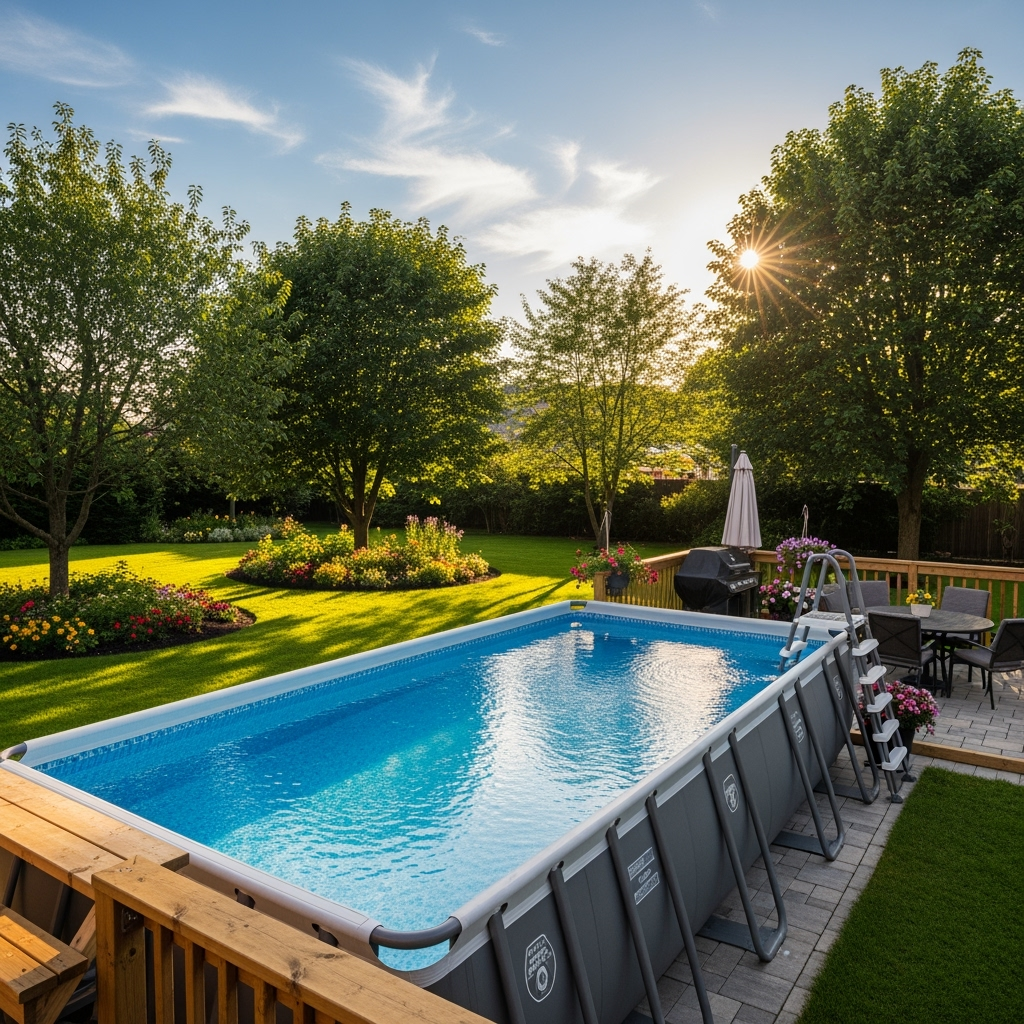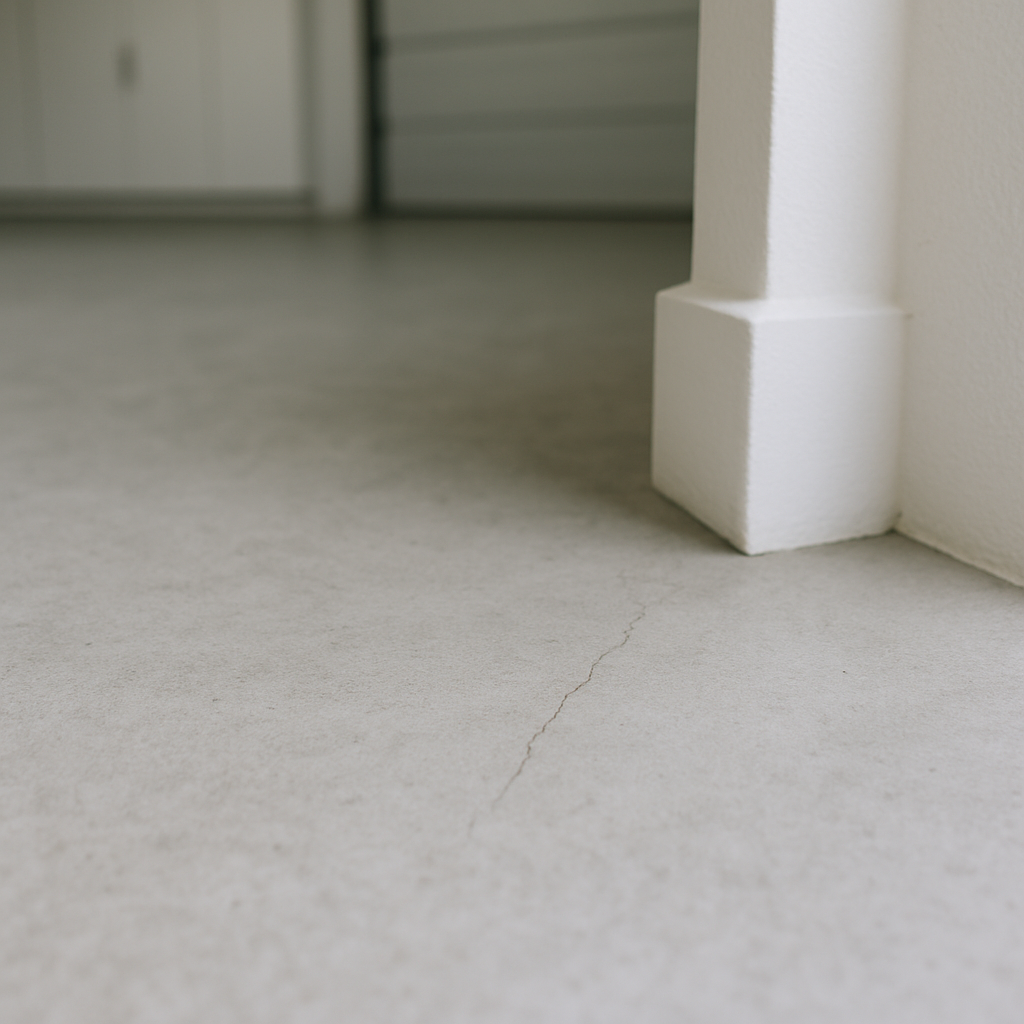Last updated on
You’ve finally moved into your dream home, but does it feel like it yet? Good interior design can change that. It’s more than just aesthetics — it’s about creating a space that enhances your lifestyle and well-being. Let’s delve into why excellent interior design should be a significant consideration in your home.
What's Inside
Enhanced Aesthetics

Good interior design transcends mere appearance; it amplifies the aesthetic appeal of a space, creating a harmonious blend of functionality and beauty. Such design employs elements like color, texture, and space to evoke a sense of balance and proportion.
Lots of homeowners like to visit julieevansdesign.com.au or other websites for ideas on how to bring their vision to life. For instance, a well-chosen color scheme can set the mood for a room, while the appropriate use of textures adds depth and dimension.
Furthermore, smart space utilization ensures each area serves a purpose, contributing to a cohesive overall design. The use of lighting and decorative pieces can accentuate these elements, highlighting key features and underscoring the design’s unity. A well-designed space does not merely look good; it is a reflection of the inhabitant’s personality and taste, a testament to the transformative power of interior design. Hence, good interior design enhances aesthetics and turns a house into a home.
Improved Functionality
Good interior design significantly improves functionality by optimizing the use of available space and ensuring it serves its intended purpose effectively. By strategically locating furniture, appliances, and other elements, design can eliminate clutter, enhance mobility, and boost productivity. For instance, a well-designed kitchen reduces unnecessary movement during meal prep, while a thoughtfully arranged living room promotes social interaction.
The functional design also considers storage solutions, ensuring ample room for belongings without compromising aesthetics. It also takes into account accessibility and ease of use, creating a space that caters to all inhabitants’ needs, irrespective of age or mobility. Ultimately, good interior design harmonizes aesthetics and functionality, making daily life smoother and more enjoyable.
Enhanced Property Value

Interior design has a huge impact on the value of your home, so it should never be taken lightly. Here are some essential factors:
- Kitchen Remodeling
- Bathroom Renovation
- Lighting design
- Flooring upgrade
- Color Consultation
- Furniture selection and arrangement
- Window treatments
- Curb appeal enhancement
- Smart home integration
- Built-in-storage solutions
- Home staging
A well-designed home attracts potential buyers with appealing visuals and efficient space utilization, setting it apart in the real estate market. Renovations, such as a kitchen remodel or a flooring upgrade, can increase the home’s worth. Furthermore, incorporating modern amenities like smart home technology and built-in storage solutions can raise the property’s appeal to prospective buyers, thereby increasing its market value.
Increased Comfort and Well-being
Thoughtful design elements such as carefully selected color schemes, natural lighting, and ergonomically designed furniture can create an atmosphere of serenity and tranquility, reducing stress and promoting relaxation. Similarly, a well-organized space reduces clutter and chaos, contributing to a sense of order and control that enhances mental well-being.
Incorporating elements of nature through biophilic design can improve mood and foster a connection with the outdoors, further enhancing psychological health.
Additionally, intelligent design can also accommodate specific health needs, such as allergen-free fabrics or non-slippery floors, catering to individual comfort and safety. In essence, good interior design synergizes aesthetics, comfort, and function to create living spaces that nurture our overall well-being.
Optimized Use of Space
The optimization of space is a key principle in good interior design. By mindfully arranging furniture, decor, and other elements, a well-designed space can appear larger and more open, while still catering to the practical needs of its inhabitants. Efficient space utilization avoids unnecessary clutter, promotes easy movement, and creates distinct, functional areas within a space.
For example, a strategically placed mirror can create the illusion of depth in a small room, while smart storage solutions can keep belongings out of sight yet accessible. In this way, good interior design not only maximizes the use of space but also enhances the overall comfort, functionality, and aesthetic appeal of a home.
Reflecting Personal Style
Good interior design is an avenue for people to communicate their preferences, tastes, and lifestyles without uttering a word. Each choice, from the color palette, furniture, and decor, to the texture and patterns used, is a reflection of the inhabitant’s personality and aesthetics.
A minimalist might opt for a simple, uncluttered space with neutral tones, while a more outgoing personality might prefer bold colors and eclectic decor. The design can also tell stories of travels, evoke cherished memories, and showcase interests, hobbies, or passions. Thus, good interior design goes beyond aesthetics and function; it’s a personal narrative woven through the threads of a living space.
The Takeaway
Never underestimate the power of good interior design. From enhancing aesthetics and functionality to boosting your home’s value, it’s an investment worth making. Remember, your space is an extension of you, reflecting your style and taste. So, start weaving your narrative and create a living space that truly feels like home.




